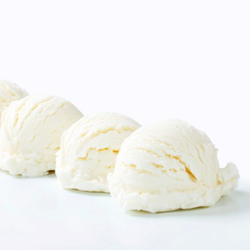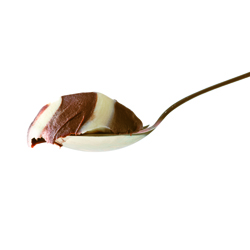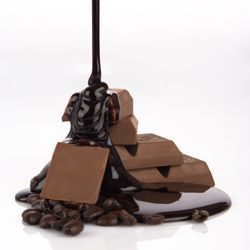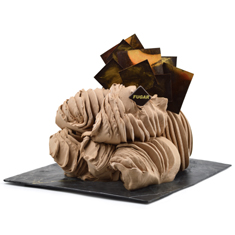The history and legend of ice cream

There are many theories about how traditional "gelato" (Italian ice-cream) originated: some owe more to fantasy than to fact, while others are backed up by recent archaeological evidence, showing how we discovered how to keep snow and ice cold as far back as the 18th century BC.
The history of ice cream melts into legend
There are a few things we do know: for example, in Florence, gelato was the brainchild of two fathers: Ruggeri and Buontalenti, who was also a talented chemist. In 1565, Buontalenti was responsible for organising a sumptuous banquet for a Spanish delegation visiting the Duke; one of the things he prepared for them was gelato. Thanks to his knowledge of chemistry, he prepared a mixture that is very similar to that used today to produce artificial ice.
The gelato he presented was very soft, but very well received.
The Spanish spread the news all over Europe and Queen Caterina De'Medici invited (or, according to some accounts, kidnapped) the Florentine gelato-makers.
Another version claims that ice-cream was first created, still in Florence, by a chicken-breeder named Ruggeri, who took part in a cooking competition with a frozen mixture of sabayon, cream and fruit.
He later moved to Paris, and rapidly became both rich and famous.
Modern history
The turning point for ice-cream making took place in 1927, when Otello Cattabriga from Bologna built the first automatic gelato machine. The result of eliminating the hard, manual labour involved in making gelato opened the way for women to work in the production laboratories.
The more recent history is better-known, and the developments of the last couple of decades have led us to where we are today, although at one point in the 1950s and 60s, traditional gelato nearly disappeared forever.
The onslaught of commercial ice-cream, with its new products and omnipresent advertising, often using stereotypes "borrowed" from traditional gelato, almost replaced the production of real traditional gelato.
Luckily, the work of a Committee of gelato-makers, set up thanks to the strong support of some of the more attentive operators in the sector to protect their profession, history and a unique and distinctive product, just as strong a symbol of Italian culture as pizza or spaghetti, led to a genuine renaissance in the sector: from only a few thousand, today there are around 25,000 gelato shops in Italy, a primate acknowledged the world over.
































